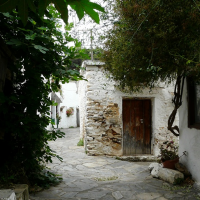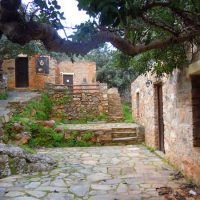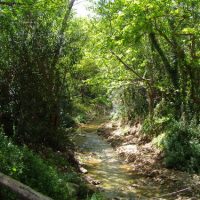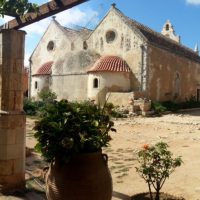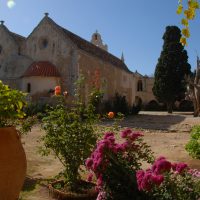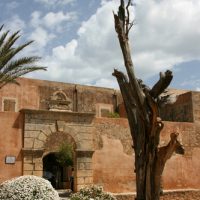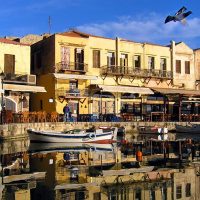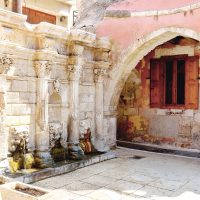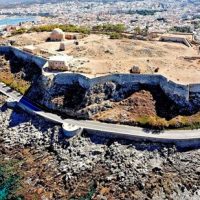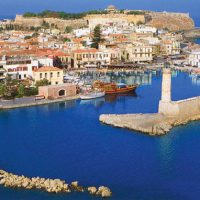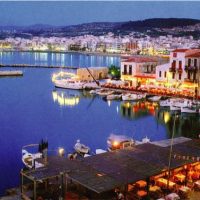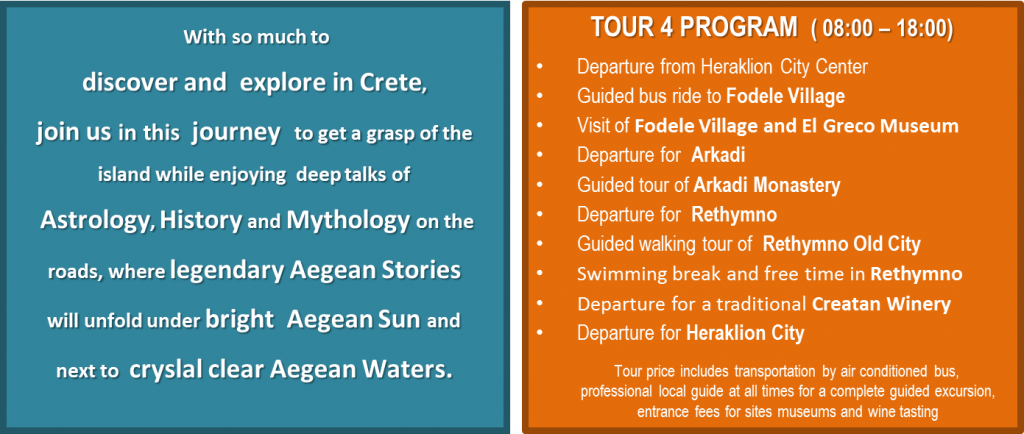TOUR 4 – 30 June 2017
TOUR 4 – 30 JUNE 2017, FRIDAY
EXPLORE THE NORTH CRETE!
..
.
FODELE VILLAGE & MUSEUM OF EL GRECO
Fodele village is well worth seeing. Fodele is built in an area of orange groves and, according to historians, this was the site of the ancient town of Astali, which was the port of ancient Axos. Today, the people of Fodele is a central destination for visitors for two main reasons; First, Fodele is very green. Everything grows in the fertile valley of Fodele, and the area is known for good oranges and lemons. During the sunny days of the winter and spring, Fodele is a popular Sunday lunch in the many tavernas here. The houses in the older part of Fodele are old, beautifully decorated with colourful flowers, simple and fitting to their environment. The second reason to stop in Fodele is the El Greco House and Museum. A small collection of memorabilia and some interestingly displayed reproductions are housed in a building dating back to the life of this world-renowned painter and renaissance figure. El Greco (The Greek)as his hreal name is Domenikos Theotokopolous (1541 to 1614) was born here, travelled to Spain, and in Toledo his most important work, with characteristic elongated faces and bold use of light and colour, was completed. Rediscovered by artists in the late 19 th Century, he is considered an influential figure in the development of art in the 20th Century and into our time.
.
ARKADI MONASTERY
The Arkadi Monastery, dates back to the 16th century and is marked by the influence of the Renaissance. This influence is visible in the architecture, which mixes both Roman and baroque elements. As early as the 16th century, the monastery was a place for science and art and had a school and a rich library. Situated on a plateau, the monastery is well fortified, being surrounded by a thick and high wall. The Arkadi Monastery (Moni Arkadhi in Greek) contains one of the finest Venetian churches on Crete. But its striking facade is not the only reason to visit. The tragic events that took place here in 1866 made it a national symbol of Crete’s heroic struggle for independence. The monastery played an active role in the Cretan resistance of Ottoman rule during the Cretan revolt of 1866.
RETHYMNO
As one of the best preserved medieval cities in Greece, Rethymno combines rarely united features: the old town’s charm and history, with proximity to a long sandy beach. There are two sides to Rethymno offering two styles of visit: the endless big beach hotel strip that stretches from the east end of Rethymno, lapping up the coastal “villages” and the Rethymno that allows you the character of the old town with its mix of architecture and history, cultural influences and styles ranging from Venetian to Ottoman empire.This region as a whole is rich with ancient history, most notably through the Minoan civilisation. Today’s old town (palia poli) is almost entirely built by the Republic of Venice. It is one of the best-preserved old towns in Crete. The city’s Venetian-era citadel, the Fortezza of Rethymno, is one of the best-preserved castles in Crete. Other monuments include the Neratze mosque (the Municipal Odeon arts centre), the Great Gate , the Piazza Rimondi and the Loggia. The Fortress dominates the city and makes Rethymno very photogenic, its pedestrian streets below, strewn with charming old buildings. Venetian influences abound and the minarets and domed mosques remind of the Turkish influence long gone.





